We’re all ready to start our edible gardens. Early veggies & herbs are coming next week beginning August 13th! Starting with fresh peppers, tomatoes, and herbs that can take summer temps. Every week we will add more to the mix.

-Debbie
We’re all ready to start our edible gardens. Early veggies & herbs are coming next week beginning August 13th! Starting with fresh peppers, tomatoes, and herbs that can take summer temps. Every week we will add more to the mix.

-Debbie
Tomatoes are by far the most sought-after fruit in the country, and we are lucky to have two growing seasons to enjoy their goodness! It’s time to get your fall tomatoes planted and we’ve got a great selection! Visit our tomato variety guide to see the varieties we carry.
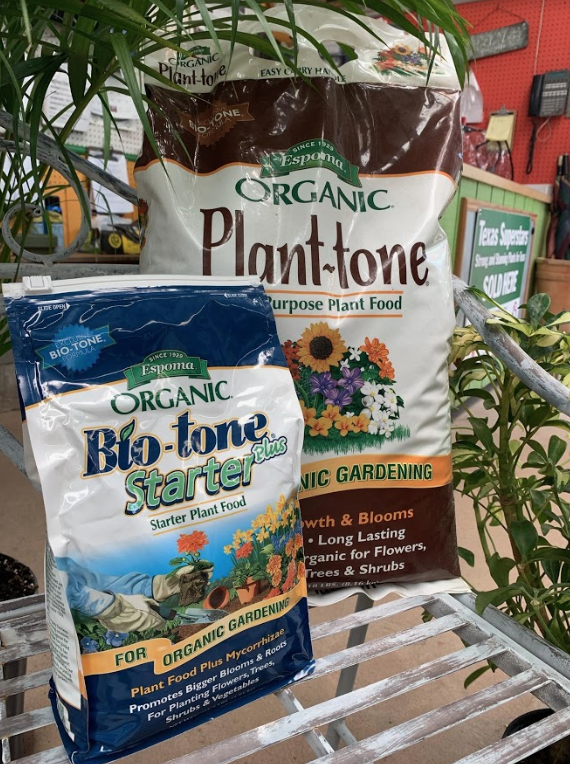
Tomatoes need good sun for their entire growing season. Plant them in a bed enriched with Cotton Burr Compost. You can also plant them in pots, but make sure the pot is large enough; tomato plants get big. Use a good potting mix for your containers. As you plant, add a couple tablespoons of Bio-tone plant starter under the roots. This will help your plants get off to a rapid start and develop a strong root system. Feed them once a month with a good organic like Plant-tone or Medina to ensure good production.
Pro Tip: Be sure to rotate where you plant your tomatoes! This will help in the prevention of root knot nematodes as well as other problems that can occur. Learn more about crop rotation here.
-Deanna, Debbie and Wyatt
What a joy to see green everywhere! You can feel the big sigh of relief from plants and people too. All this rain is FANTASTIC news for fall gardens! Here are our top must-do’s this month as we head into our best planting season.
Check out our September Garden Guide for more tips and remember that trees, shrubs, and perennials can be planted 12 months out of the year! The only difference is the amount of water they need depending on temperatures and wind!
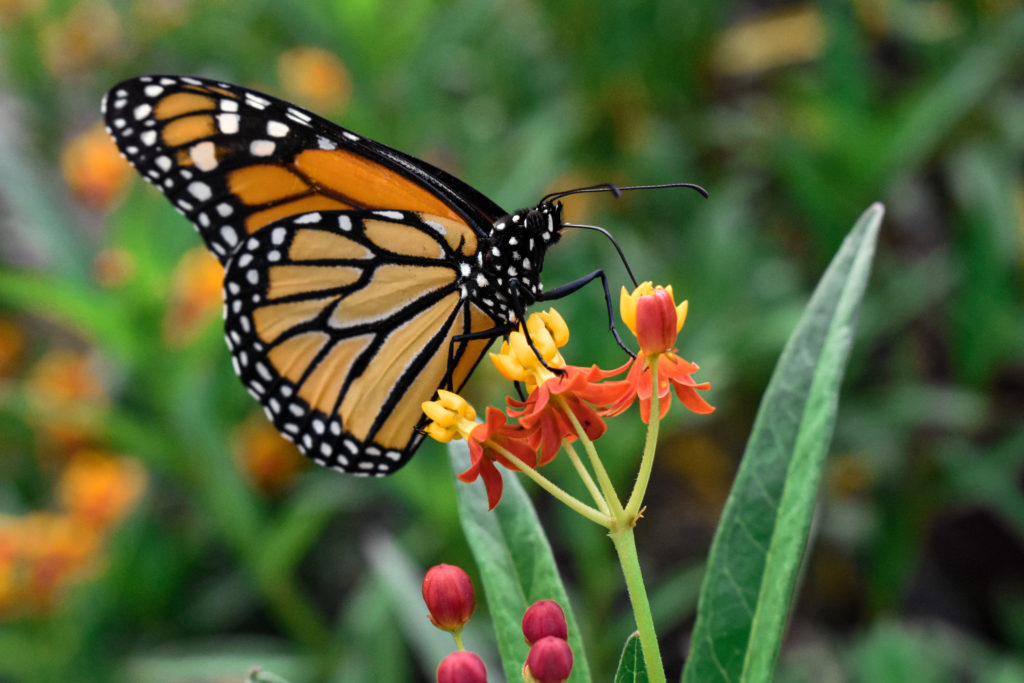
Fall is our best planting season here in the Coastal Bend. We are bringing in lots of new plants with our pollinator friends in mind! While you’re choosing what to plant, consider adding Texas Natives like Turk’s Cap and Lantana that birds and bees love. If you want to attract and support butterflies, try butterfly weed, Gregg’s mist flower, and lots of different blooming salvias.
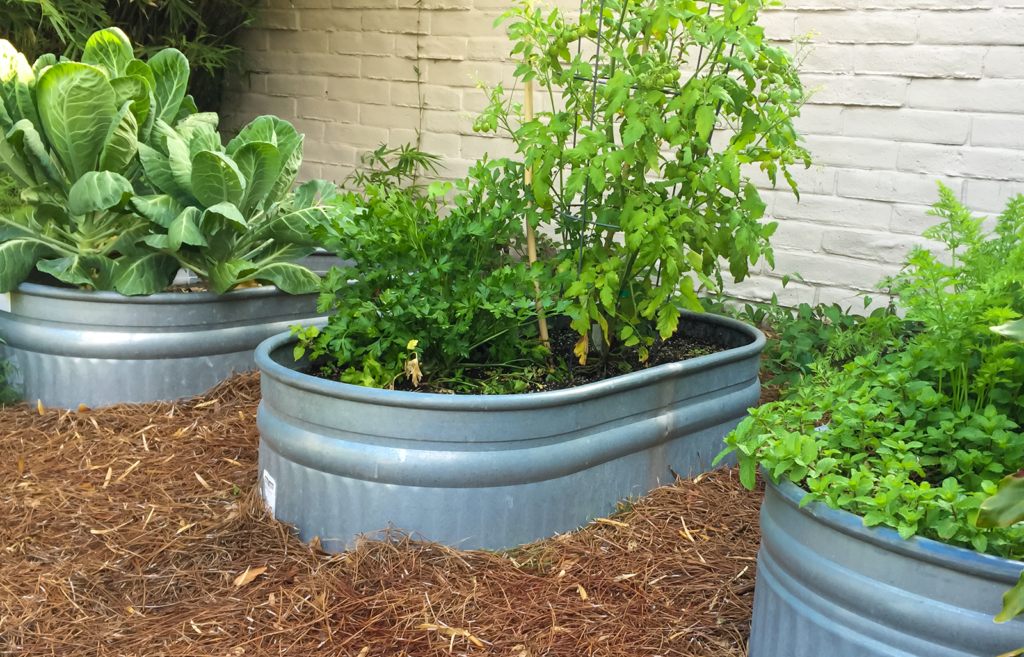
It’s time! Tomatoes, peppers, & warm weather edibles should be planted by now, or at least early this month. Plant cool weather veggies & herbs anytime this month and remember to shelter them from scorching sun and keep watered. Seeds of cool weather crops like turnips, beets, and radish should be started now. Carrots and greens should be planted later in September and into October. Here is our Fall veggie planting schedule. And save space for citrus trees, figs & other fruits to round off your garden grocery store! Revisit Josh’s guide to planting citrus trees.
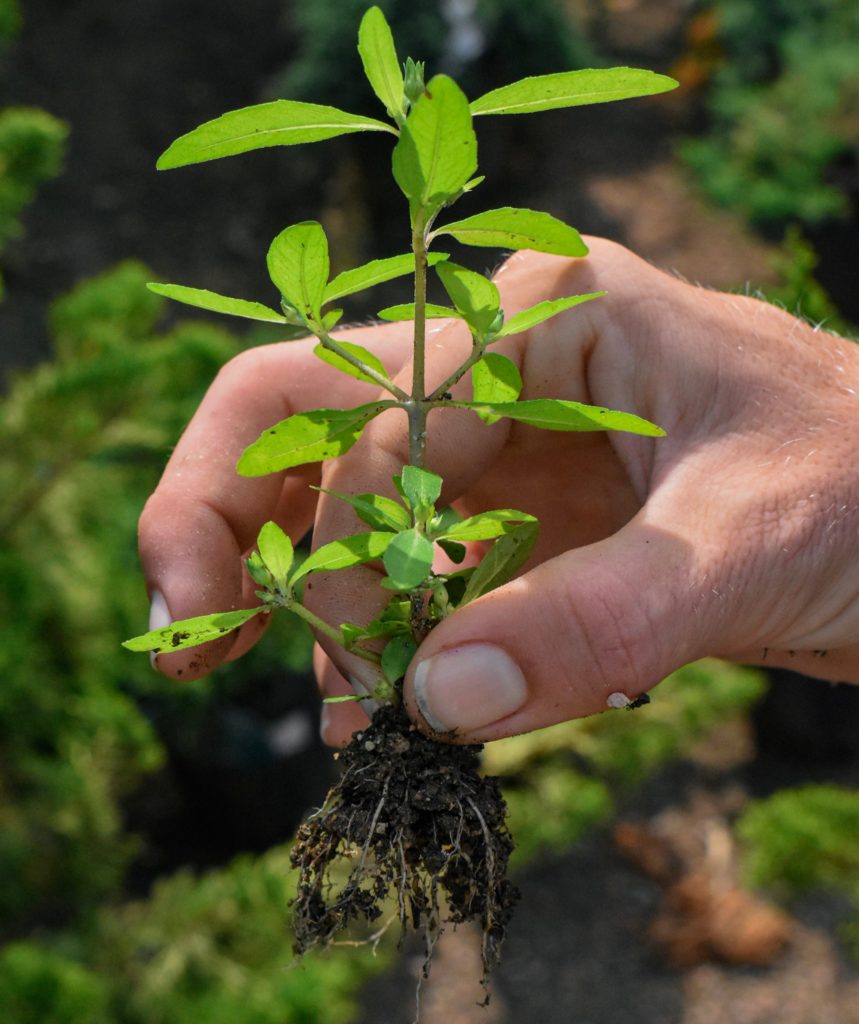
Pulling weeds – part of the gardening full-body workout plan! And a great stress reliever too. With the ground saturated from recent rains, most weeds are so easy to pull. Make sure to get the root, then add mulch to the area 2-3” deep to prevent new weeds from sprouting.
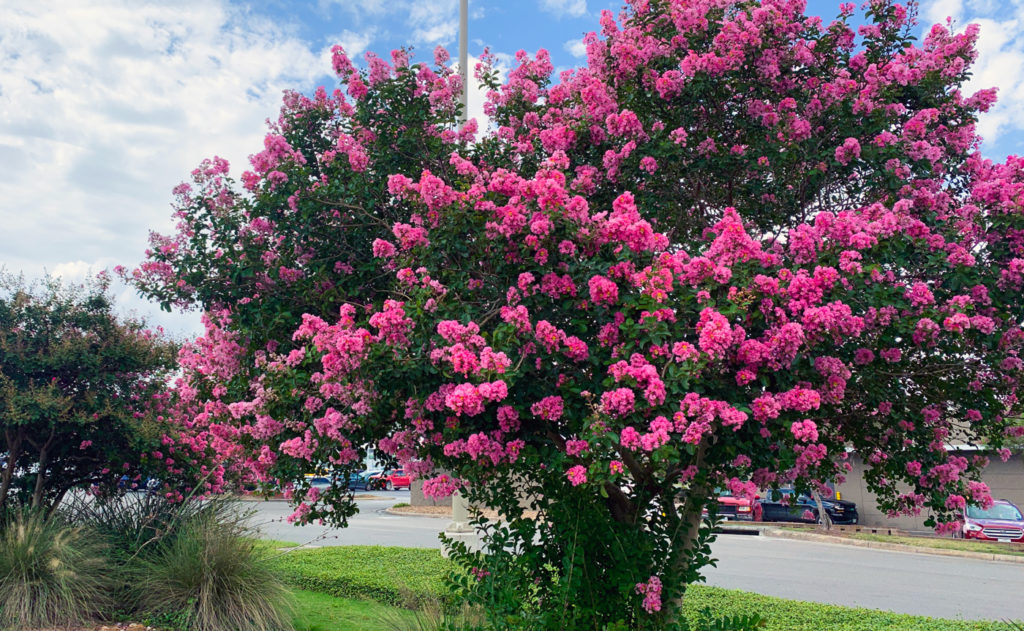
Plants that are cold hardy (trees and woody shrubs) will benefit greatly by planting during our Fall season. They’re under less heat stress, and they grow more roots, making them stronger and ready to “take off” next Spring. More roots, stronger plants, better success! Oak trees, Crape Myrtles, Hawthorns, Lantana, Plumbago, Boxwoods and a host of others should be planted starting this month.
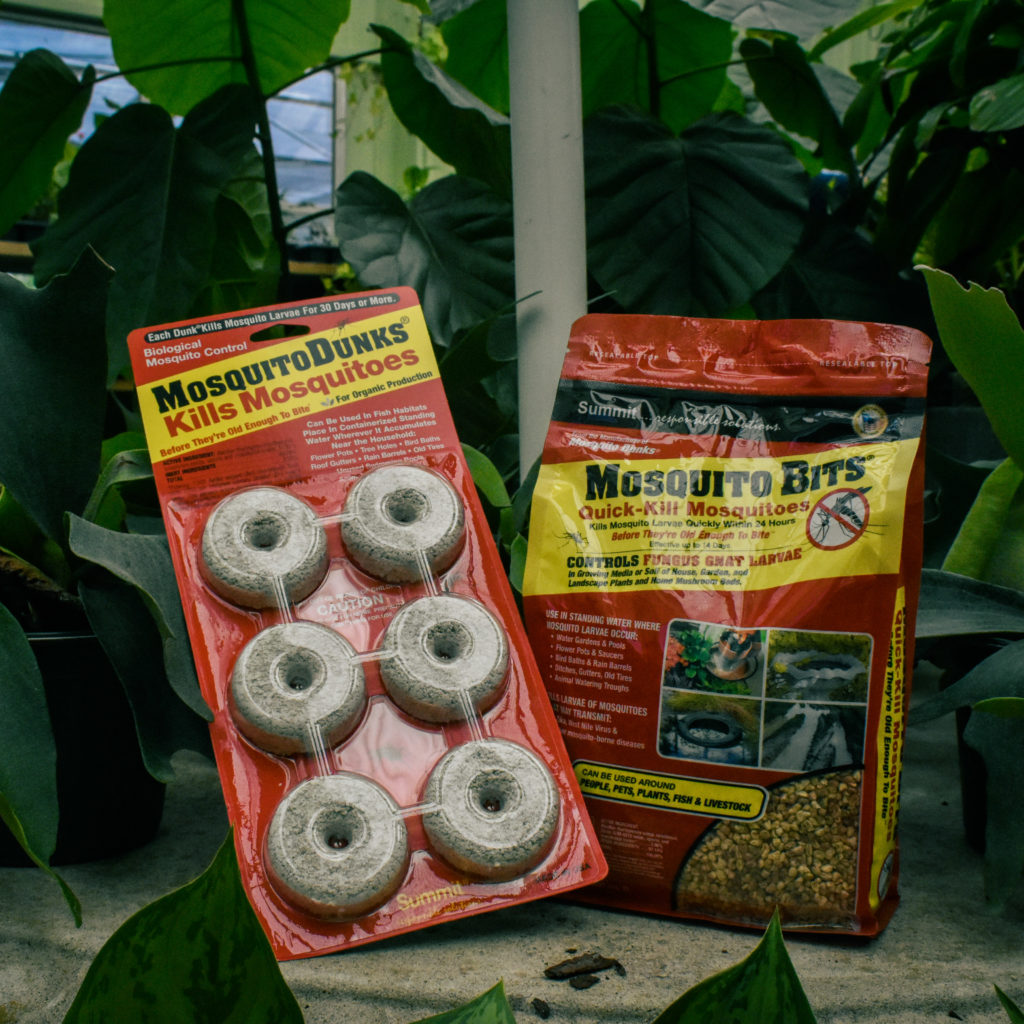
Setting simple traps with organic Mosquito Dunks or Mosquito Bits is perhaps the most effective method for controlling mosquitos. It couldn’t be easier – grab a 5-gallon bucket, fill it with water and add a few handfuls of straw, leaves, weeds, food waste, etc. This will start to stagnate and attract female mosquitos to lay their eggs. After a day or 2, toss in a Mosquito dunk or a spoonful of mosquito bits which will kill the mosquito larvae. Try a few traps plus some repellant granules and incense!
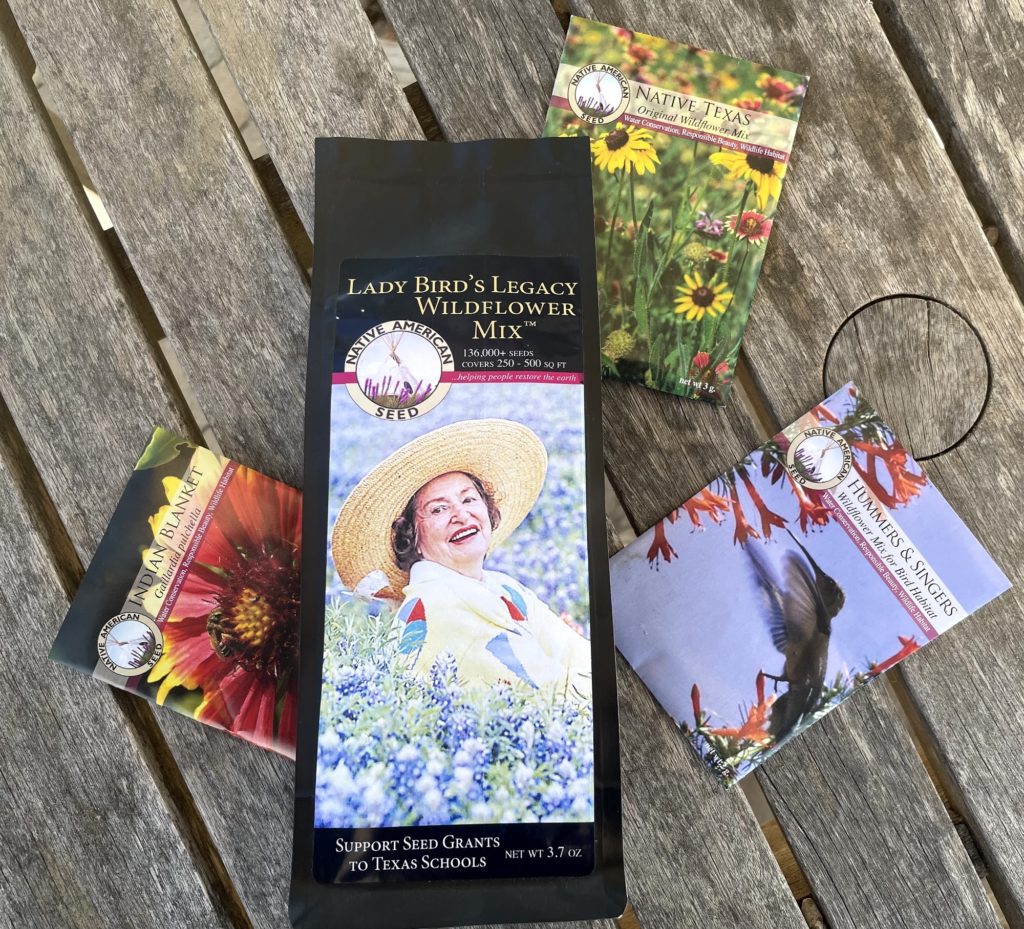
September is the best time to plant wildflower seeds. Fall rains help wildflowers like Bluebonnets grow strong and have beautiful blooms next Spring. Choose an area with good sunlight and cleared of weeds or unwanted plants. Rake clean, sow seeds, cover with soil, water, and wait for the transformation!
Fall is OUR ABSOLUTE BEST TIME for planting veggies, trees, and just about everything else! It just feels good! Here are our top to-do’s in the garden this month. PLUS – to kick off October, James Gill is giving a Garden Talk this Saturday, October 1!
Check out our October Garden Guide for more tips and remember that trees, shrubs, and perennials can be planted 12 months out of the year! The only difference is the amount of water they need depending on temperatures and wind.

Join us this Saturday, 10/1/22 at 10am for James’ fall gardening Q&A. James is mostly retired these days, which means he has more time to surf and share gardening wisdom with all of us! Bring your plant questions, or just come listen and learn. One attendee will win a $100 Gill’s gift card 🙂
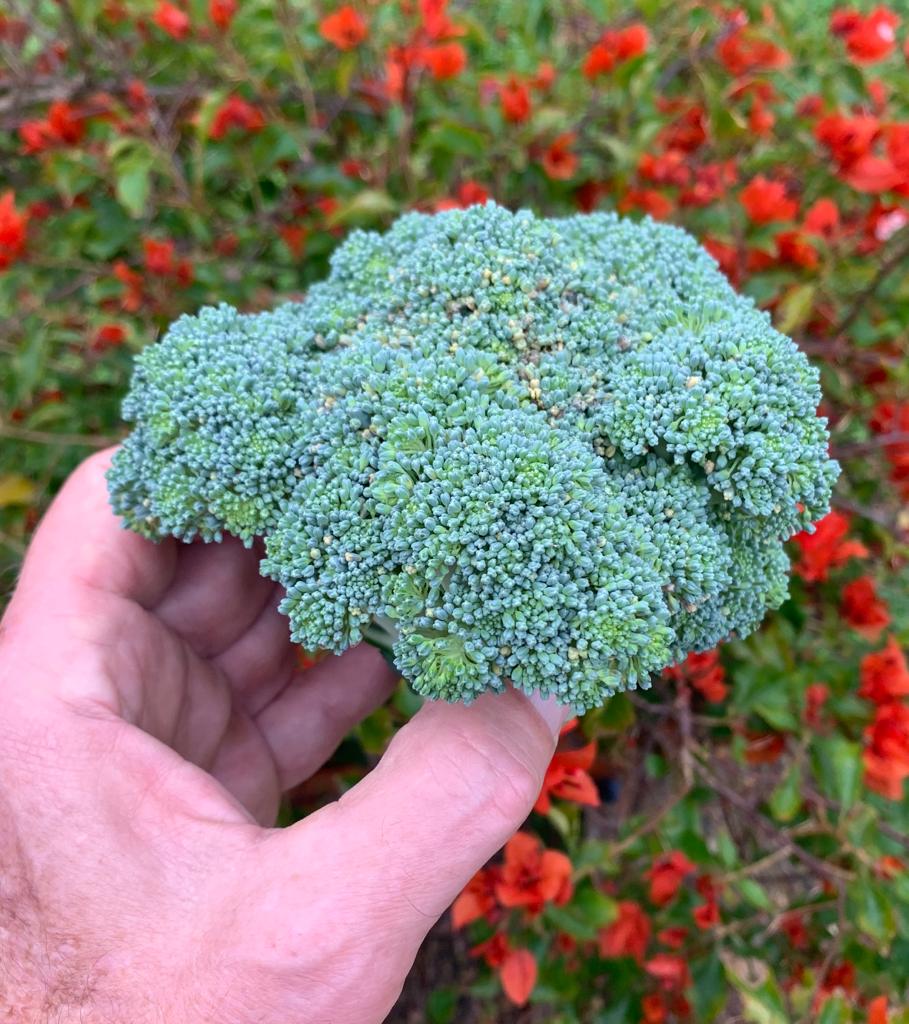
Some of the best… Broccoli, Cauliflower, Lettuce, Cabbage, Carrots, Beets, Radishes, Cilantro, Nasturtiums, and the list goes on. Remember – veggies are heavy feeders. We recommend feeding with organic Plant Tone on the 1st of each month, and again with liquid Hasta Gro on the 15th.
Watch: Coastal Bend Veggie Gardening Guide

Take advantage of the weather while the days are still long. It’s the perfect time to start cool weather Impatiens, Marigolds, Snapdragons, Violas, Petunias, Calendula, Begonias – the flowers and colors that say, “FALL!”. Warm days help flowers develop roots so they can look their best during the cooler months ahead.
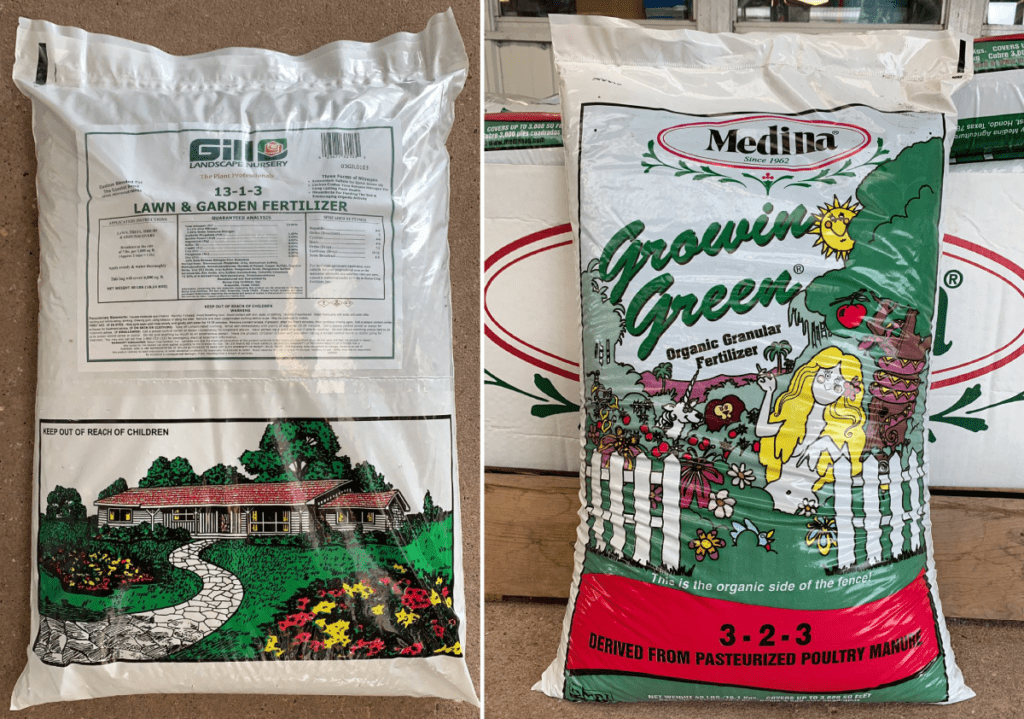
Fertilizing this month helps develop strong roots for healthy growth next Spring and Summer. We recommend organic Medina Growin’ Green or our Gill Lawn & Garden Fertilizer. Both can be used in all areas of your landscape. Prevent weeds in your lawn by applying Weed Beater Complete or Crabgrass & Weed Preventer.
Read: Fall Lawn Care

Right now is a great time to plant all kinds of blooming plants that hummingbirds and other migratory birds need. Some of our favs for South Texas are native Flame Acanthus (aka hummingbird bush), Salvias (like native Salvia greggii and Salvia leucantha), Cape Honeysuckle, native Turk’s Cap, native Beautyberry, native Loquat, Firecracker plant, Coral bean – the list goes on!
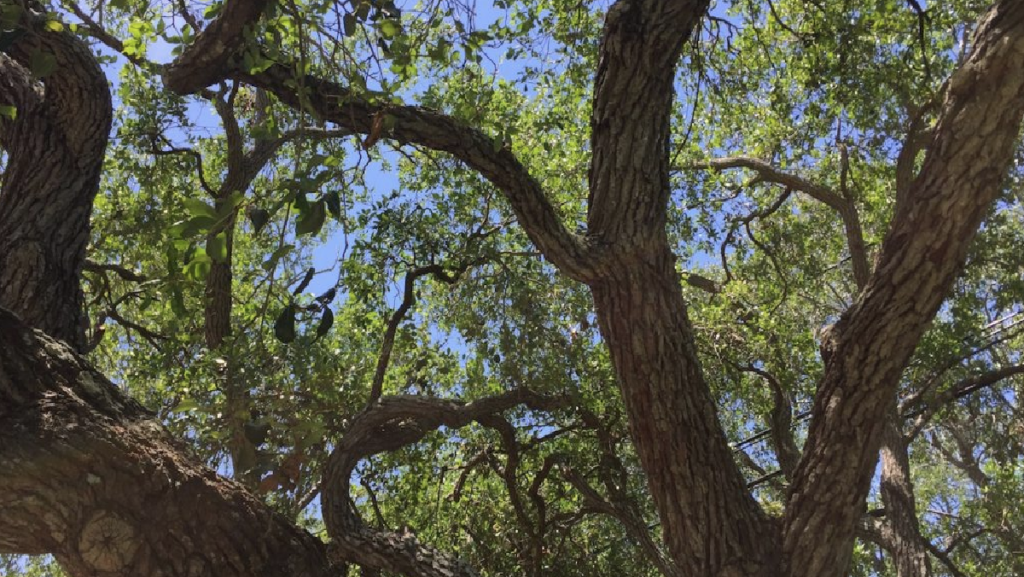
We’ll say it again… it’s all about growing roots. Trees planted in Fall grow more next Spring & Summer. Live Oak, Burr Oak, Magnolia, Anacua, Cedar Elms, & Wild Olive are some of our South Texas fav’s.
My two goals for my garden are to only use organics and to constantly be eating!
Check out the harvest: wax beans, eggplant, cucumbers, banana peppers, tangerine peppers, purple string beans, jalapenos, San Marzano tomatoes (great for pasta and pizza sauce), and sun bright tomatoes.

If you want good veggies, prepping the garden beds is the most important thing. I amended my soil with organic compost and used Medina Growin’ Green to fertilize. I sprinkled both on the surface of the soil, then used a tiller to work both into the existing heavy clay soil.

Since I’ve re-done this bed a few times, the soil has gotten closer to a nice sandy loam. It gets a lot softer and easier to work with each year.
Other than making sure you prep your beds and amend your soil, keeping everything mulched might be the next most important thing to do. Mulch helps a lot with watering – it helps retain moisture. Since I don’t want to use any chemicals, mulch is also important for helping control weeds.
Pro tip: plant your entire veggie garden first, then go in and fill small spots with wax bean seeds since they produce a lot and don’t take up a lot of space.

-Larry

Over the years, my trough garden has seen mostly flowers and herbs. I’ve tried tomatoes a few times, but this year I decided to try kale.
I started eating kale when I read it was the #1 food source for healthy eyes. It wasn’t my favorite tasting green, but I found that it’s great mixed with blueberries in a smoothie. Plus, it’s easy to grow and lasts longer into the season than other greens.
I planted five kale plants about a month ago, fed lightly with HastaGro weekly, and starting this past week, I’ve had enough production to harvest smoothie greens most mornings! If the plants start looking a little too thin, I supplement with HEB’s organic spinach & kale mix. Yum!
Here’s the recipe:
Blend first:
– 2-3 oz Pomegranate juice
– 2 tbsp Lemon juice
– 3-5 Kale leaves, chopped
– 2 tbsp Ground flax seed
2 tbsp Yogurt
Then add:
– 1.1.5 cup Blueberries, frozen
– 1/2 Banana, frozen
– 1 scoop Protein powder
Sometimes I add fresh grated turmeric too. Hope you enjoy!
Please share some of your favorite recipes from your garden and we’ll pass some on in our garden blog in preparation for Thanksgiving! Send recipes to info@gillnursery.com.

-Sally Gill
Last week Keith shared with me his Swiss Chard success story. Years ago, he remembers (I don’t) James and I gave Sandy & Keith a pot of Swiss Chard for Christmas. Knowing that Keith is a gardener extraordinaire, we knew it was the perfect gift for them. Keith grows it all – Brussel sprouts, cabbage, broccoli, tomatoes, peppers, greens, herbs, and on and on! The Swiss Chard was such a hit with their family; it’s now one of his annual plantings.
Planted in the Fall, Winter or early Spring (now!) you’re guaranteed a good crop of tasty greens. Sandy is the family’s cook extraordinaire! She often stir-fries Swiss Chard, including the stalks, olive oil, garlic, a little lemon and salt for something simple and quick. Or, one of her favorite recipes is Seared Scallops with Bacon Braised Chard – she does it all.

Sandy and Keith make a very great team; we love them and their garden successes!

-Sally Gill
We have a passion for teaching and seeing your gardening success, and we know that gardening can seem challenging to the beginner since there’s so much to learn. That’s also the beauty of it – you can spend a lifetime gardening and still be learning!
We thought it would be fun to hold a talk for newcomers (either new to gardening or new to South Texas) to teach some secrets specific to our area. Here’s what James and Wyatt say would be their #1 piece of advice for newcomers. They’ll be discussing these topics and more this Saturday here at Gill’s – free and open to everyone!
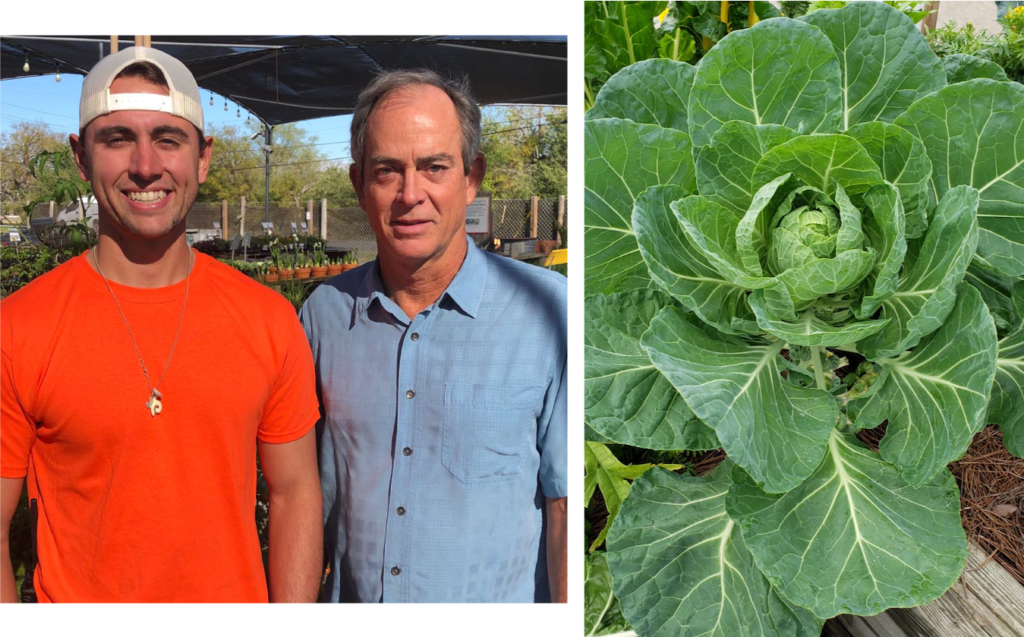
James Gill – South Texas native, landscape designer, Texas Master Certified Nursery Professional (TMCNP), 42 years gardening and landscaping experience:
“Timing is so important! You don’t get beautiful tomatoes in April by planting them in March. And you’ll harvest way more strawberries in Spring by planting them in Fall. Maintaining a healthy lawn is much easier if you anticipate the seasonal periods that potential lawn problems are most likely to occur. Consistent gardening success is based on planning ahead, and we are here to help you with that.”
Wyatt Page – South Texas transplant, avid gardener, Garden Center Assistant Manager – 5 years gardening experience:
“Always start with the soil! It’s the home for your root system – the health of your plants is based on the quality of your soil. Here in South Texas, we have a somewhat tough soil for planting, but learning how to work with it will make you a successful gardener.”